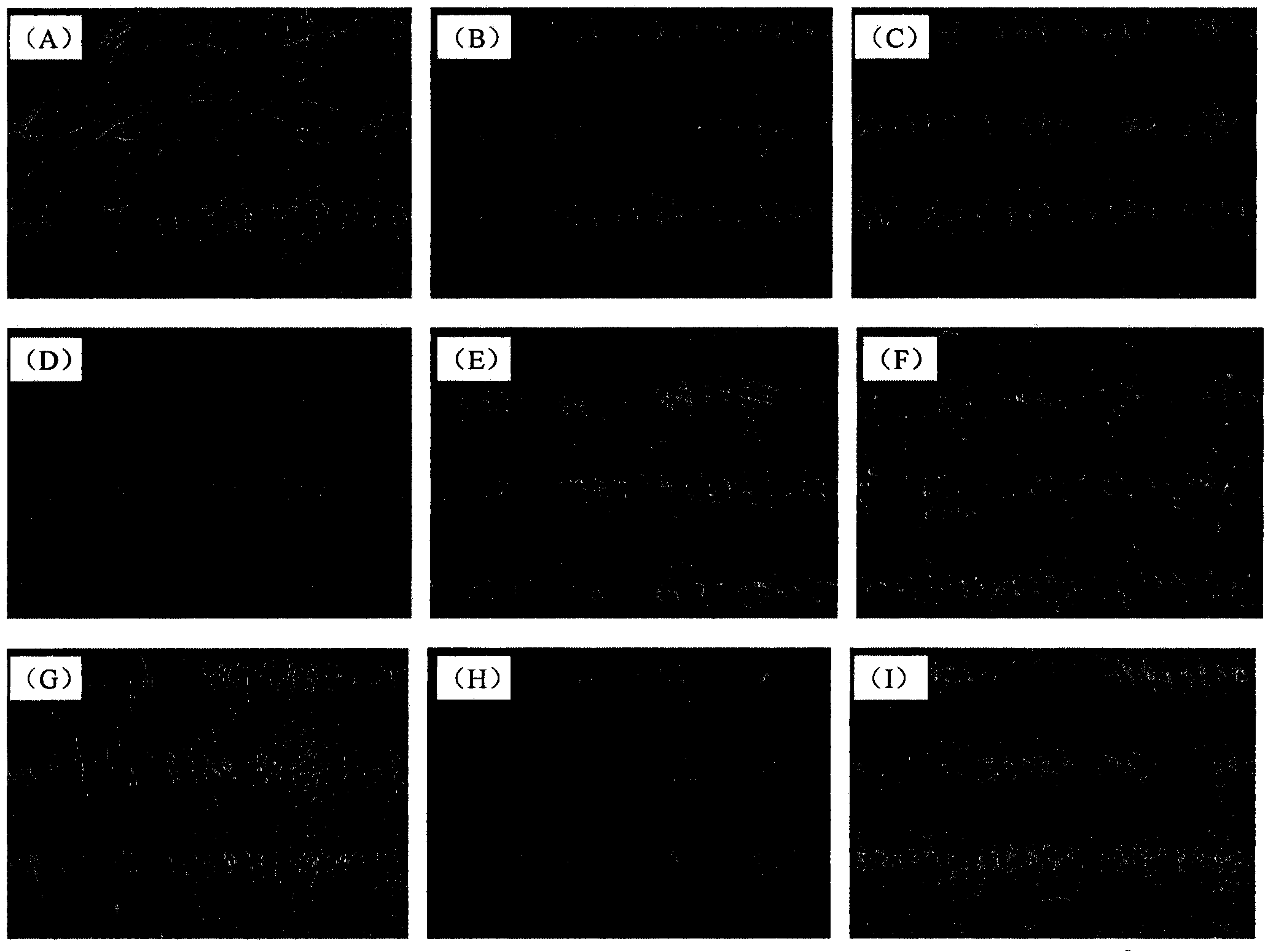Preservative liquid for corpses, tissue and dissections, and application method thereof
A technology for preserving liquids and corpses, which is applied in the field of antiseptic preservation liquids for corpses, tissues and anatomies, and achieves the effects of less harm to the environment and human health, less irritation, and convenient application
- Summary
- Abstract
- Description
- Claims
- Application Information
AI Technical Summary
Problems solved by technology
Method used
Image
Examples
Embodiment 1
[0021] Embodiment 1: immersion anticorrosion preservation experiment
[0022] After each mouse was intraperitoneally injected with 10 mL of the antiseptic preservation solution of the present invention in the specimen bottle, it was soaked in the antiseptic to observe the antiseptic effect of the mice. Spanish Complucad preservative was used as the control, and sterilized saline was used as the blank control. Experimental mice were purchased from the Experimental Animal Center of the Academy of Military Medical Sciences, male, strain: KM, weighing 29-34 g.
[0023] The mice were soaked and preserved for 12 months (2010-2011), and the mice using the antiseptic preservation solution of the present invention had normal color, good elasticity, no corruption phenomenon in appearance, no mold growth, and the preservation solution was slightly yellow and clear; The body of the mice treated with Complucad preservative was transparent and showed severe atrophy; the mice in the normal ...
Embodiment 2
[0024] Embodiment 2: Injection antisepsis experiment on laboratory rats
[0025] After the three groups of experimental rats were killed, the preservative was injected into the heart at a dose of 25mL / 100g, placed in a cool, ventilated and dry place, stored at room temperature for 30 days, and the antiseptic effect was observed. On the 3rd day, 7th day, 14th day, and 30th day of the experiment, one rat was taken for dissecting, and the skeletal muscle, intestine, heart, lung, liver, kidney, brain and other tissues were cut out respectively, fixed, paraffin sectioned, and retrieved. Xylin-eosin staining, microscope observation and photography. In this experiment, FineFIX preservative was used as control (FineFIX is a new formalin-free fixative patented by Italian Milestone for morphological research), and sterilized saline was used as blank control. The experimental rats are clean grade Wistar rats, purchased from the Experimental Animal Center of the Academy of Military Medic...
Embodiment 3
[0029] Example 3: Anti-corrosion experiment of medical school remains
[0030] Select an adult male corpse (about 60Kg) in a medical university, arterially perfuse and inject about 25,000 mL of the antiseptic preservation solution of the present invention into the chest and abdominal cavity, place it in an environment at 4°C, and closely observe the results of the antiseptic experiment. After 50 days, there was no obvious corruption or odor from the appearance of the remains. The heart, liver, spleen, lung, kidney, stomach, large intestine, small intestine, and skin were taken out, wrapped in paraffin, sectioned, stained with HE, and observed through a high-power microscope. It can be seen from the figure that using the antiseptic preservation solution of the present invention can basically maintain the inherent shape and structure of each cell and tissue of the human body.
PUM
 Login to View More
Login to View More Abstract
Description
Claims
Application Information
 Login to View More
Login to View More - R&D
- Intellectual Property
- Life Sciences
- Materials
- Tech Scout
- Unparalleled Data Quality
- Higher Quality Content
- 60% Fewer Hallucinations
Browse by: Latest US Patents, China's latest patents, Technical Efficacy Thesaurus, Application Domain, Technology Topic, Popular Technical Reports.
© 2025 PatSnap. All rights reserved.Legal|Privacy policy|Modern Slavery Act Transparency Statement|Sitemap|About US| Contact US: help@patsnap.com

